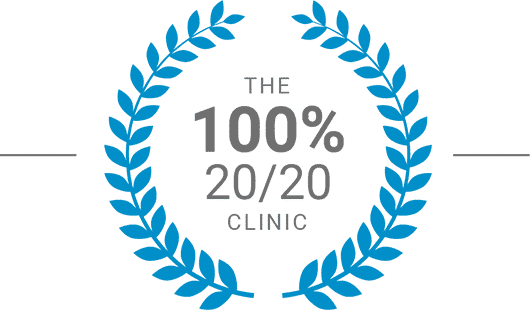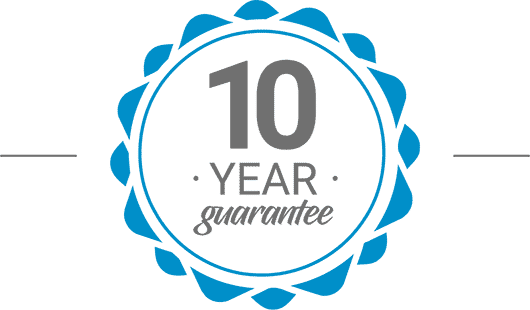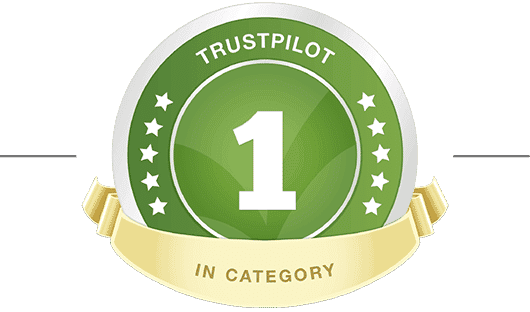Book Your Free Consultation
Mr David Allamby
MD, FRCOphth, FRCS
Myopia, or short-sightedness, is a growing concern in paediatric ophthalmology. More and more children are becoming short-sighted. The World Health Organisation predicts half the world will be short-sighted by 2050.
Understanding how to manage and slow myopia progression is crucial for maintaining children's ocular health. This article delves into practical strategies for myopia management in children.
Myopia, also known as nearsightedness, is a refractive error of the eyes where close objects are clear, but distant objects appear blurry.
It occurs when the shape of the eye causes light rays to bend (refract) incorrectly, focusing images in front of the retina instead of directly on it.
Myopia usually develops in school-age children and gradually worsens until age 16-20. The earlier myopia starts and the faster it progresses, the more severe it will likely become.
High amounts of myopia significantly raise the risk for irreversible vision loss conditions later in life, including glaucoma, cataracts, retinal damage, and retinal detachments. Therefore, early intervention to slow progression is essential.
Research emphasises the importance of outdoor time in preventing myopia. According to a systematic review, spending time outdoors can significantly reduce the risk of developing myopia and slow its progression in children.
Digital devices are playing an increasingly vital role in education, and when balanced appropriately with other activities, screen time can bring benefits.
However, parents must be aware of the potential concerns associated with excessive screen use, which can negatively impact the development of good vision and physical and mental well-being.
Research has shown that children exposed to screens before the age of three are more likely to develop myopia by pre-school age.
Furthermore, studies indicate a growing body of evidence linking screen time to myopia development in children and teenagers. Notably, the adverse effects appear to be most pronounced in children under ten, a critical stage of visual development.
Additionally, screen time in children and teenagers has been associated with developing dry eyes and digital eyestrain, leading to uncomfortable symptoms such as blurred vision, headache, and red eyes.
Parents and educators must be aware of these potential risks and take appropriate measures to ensure a healthy balance between screen time and other activities for children's and teenagers' well-being and visual health.
Encouraging research over the past decade shows interventions can slow the rate at which myopia gets worse in children. This helps reduce their risk of developing higher amounts of myopia and associated eye disease.
Four main modern treatment approaches have proven benefits:
The MyoSmart glasses lenses from Hoya have become popular for reducing the progression of short-sightedness. They use a technology called DIMS (Defocus Incorporated Multiple Segments), developed in Hong Kong in 2014, that changes how light is focused on the peripheral retina.
Because the DIMS segments are around the outside of the lens, the central portion is transparent, giving the child excellent central vision and a good tolerance for wearing MyoSmart lenses.
DIMS technology has shown a reduction of myopia worsening by up to 60%.
Low concentrations of around 0.01% of the drug atropine, which normally dilates pupils and relaxes focusing, seem to slow the elongation of children's eyes when applied daily, especially effective for children aged 8 to 15.
Multiple studies found roughly 30% - 80% less myopia progression over one to three years versus no treatment drops.
Multifocal contact lenses are another effective option. These lenses provide different powers for distance and near vision tasks, reducing eye strain. They are particularly suitable for older children and teenagers who are more active or self-conscious about wearing glasses.
Orthokeratology lenses, which use rigid contact lenses, are specially designed to flatten the cornea's curvature temporarily during overnight wear. This improves unaided daytime vision.
Studies have shown that Ortho-K can reduce myopia progression by up to 50% in children.
The American Academy of Ophthalmology recently updated its guidance to recommend early intervention for progressing myopia. Waiting too long risks the myopia becoming too severe before starting treatment. They advise beginning therapy by age 8-9 or as soon as myopia is first detected, if later.
Annual dilated eye exams beginning around age 5 allow early detection of nearsightedness once the child can accurately read an eye chart. An autorefractor and eye imaging during exams also help accurately track subtle vision changes indicating early myopic shifts.
Parents should also inform their eye doctors if there is a strong family history of high myopia.
The vision care professional will determine if and when to initiate myopia control treatments based on an assessment of current refraction, how rapidly myopia is progressing, eye health exam findings, and other risk factors like near work demands.
While managing myopia in children, several factors need to be considered:
Myopia management in children is a multi-faceted approach that requires careful consideration and regular monitoring. By understanding the available options and tailoring them to each child's needs, the progression of myopia can be effectively reduced, ensuring better eye health in the long run.
The management of myopia in children extends beyond basic corrective measures. It involves a combination of advanced strategies tailored to individual needs to significantly slow myopia's progression. This section explores these sophisticated interventions.
The use of atropine eye drops, as discussed earlier, is a cornerstone in myopia management. However, its effectiveness greatly depends on the dosage and the child's individual response.
Customising the atropine treatment plan according to the child's specific needs and tolerance levels is crucial. While lower doses minimise side effects, higher doses might be more effective, necessitating a delicate balance.
Behavioural modifications form an integral part of myopia management. This includes:
In the realm of myopia management, technology plays a pivotal role. Innovations in contact lens design, such as specially designed multifocal lenses, are proving effective.
Additionally, digital apps and tools that monitor eye health and digital device usage patterns can help manage screen time, thereby contributing to myopia control.
Research in the field of myopia is ongoing, with new insights and treatments emerging regularly. Staying informed about the latest research and advancements is vital for eye care professionals and parents. This includes understanding genetic factors, environmental influences, and the development of new pharmacological interventions.
Regular eye examinations are a critical component of effective myopia management. These examinations allow for:
In conclusion, managing myopia in children requires a multifaceted approach that includes medical interventions, lifestyle changes, and advanced technology.
It is a collaborative effort involving eye care professionals, parents, and the children themselves to ensure the long-term health and well-being of the child's vision.
Besides in-office treatment plan, here are some ways parents can help support managing myopia progression:
No, but research shows current treatment options typically slow down the rate of progression significantly. It does not usually halt progression completely but may reduce the eventual degree of myopia.
There are some risks, mainly with the contact lens options, like potential corneal ulcers from poor compliance with wearing and care regimens. Atropine drops may temporarily impact near-vision focus. Discuss all benefits and potential risks thoroughly with your eye doctor.
Every child's myopia will progress differently, but studies show those with aggressive progression are at greater risk for developing high myopia with all its associated irreversible vision risks later in life if the progression rate is not reduced. Slowing progression helps minimise these risks.
For best results in slowing progression, annual exams are still required long term to monitor eyes and determine needed changes to myopia control regimens as the child continues to grow. Interventions often continue until myopia progression starts to slow near adulthood naturally.
Book a FREE* Consultation
To get a better idea of how we can help you, and also the different types of services we offer, book a consultation now.

100% 20/20 vision
Focus Clinic has a remarkable 100% success rate for 20/20 vision. We know of no other clinic that has matched these results. There is a big difference between, for example, 98% and 100% success, especially if you are in the 2%.

10 year guarantee
Your 10 Year Guarantee means you can return at any time if you have additional questions on the quality of your vision. If you have distance vision correction for short-sight then any repeat laser eye treatments to correct a return of myopia in the first 10 years are included free of charge.*

Most trusted eye treatment clinic
We have the highest trust rating of any ‘eye treatment’ rated clinic, according to independent review site TrustPilot. With an outstanding 9.9 out of 10, when it comes to your eyes, choose the clinic that actual patients trust the most.
*Terms and conditions apply, excludes any age-related changes and conditions unrelated to the primary treatment